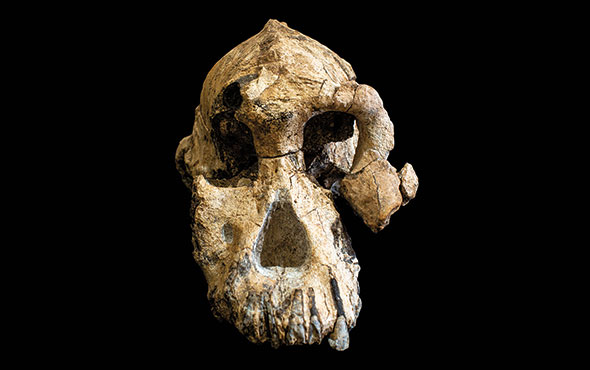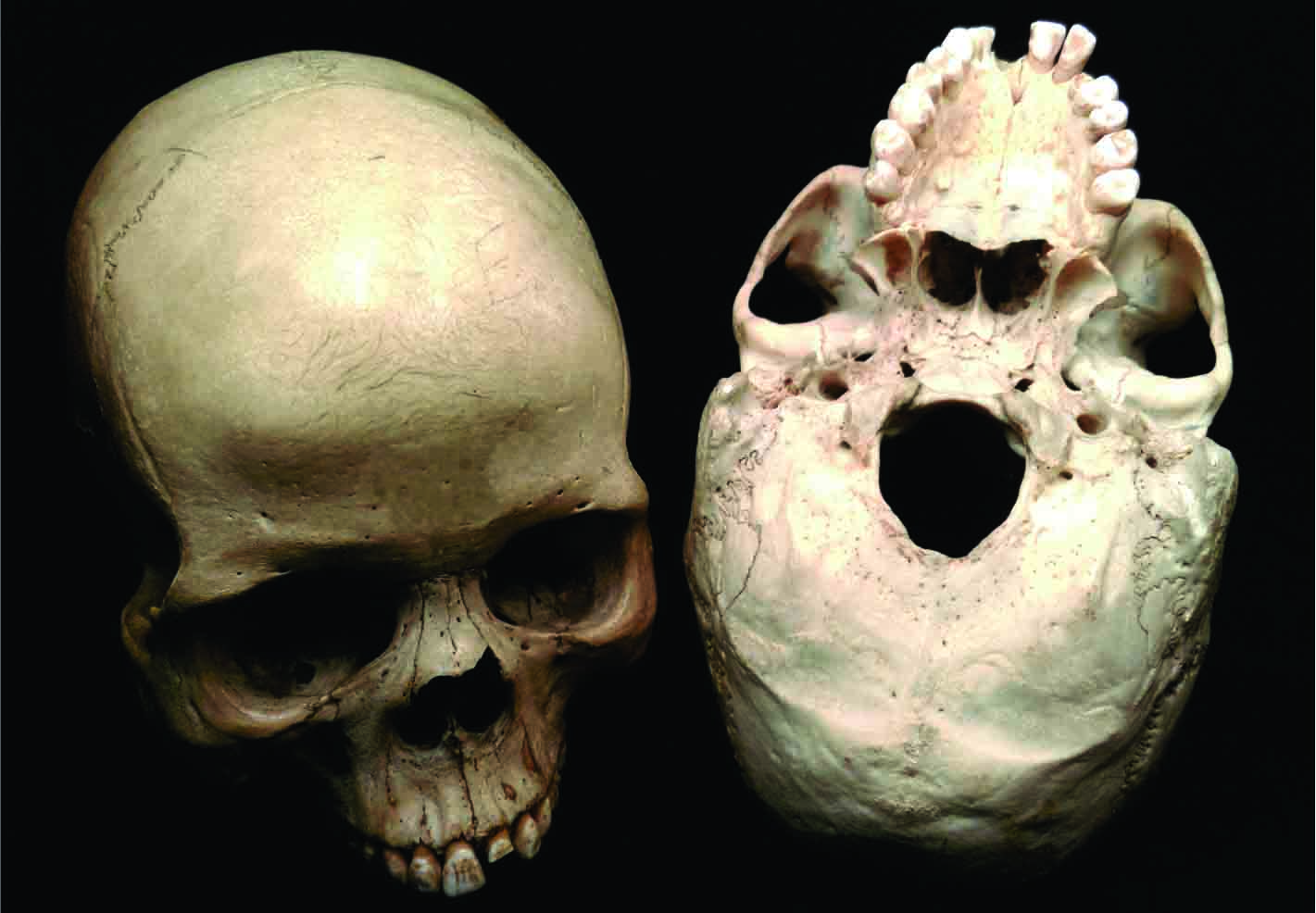
SALT LAKE CITY, UTAH—David Carrier and his colleagues and the University of Utah think the human hand evolved not only for improved manual dexterity, but as a club for fighting over females. He argues that the heavy faces and flat noses of early human ancestors evolved to resist punching, and that as humans became less violent, facial features became more delicate and noses more prominent. To test this idea, the researchers controlled the muscles in the hands of eight male cadaver arms with fishing line attached to the tendons of the forearm muscles and inserted guitar-tuner knobs to regulate the tension on the lines. Gauges measured stress on the metacarpals during punches and slaps on padded-dumbbell targets created with a pendulum-like device. “Our results suggest that humans can safely strike with 55 percent more force with a fully buttressed fist than with an unbuttressed fist, and with twofold more force with a buttressed fist than with an open hand slap,” Carrier said in a press release. “The idea that aggressive behavior played a role in the evolution of the human hand is controversial. Many skeptics suggest that the human fist is simply a coincidence of natural selection for improved manual dexterity.” To read more about Carrier's work, go to "Your Face: Punching Bag or Spandrel?"











